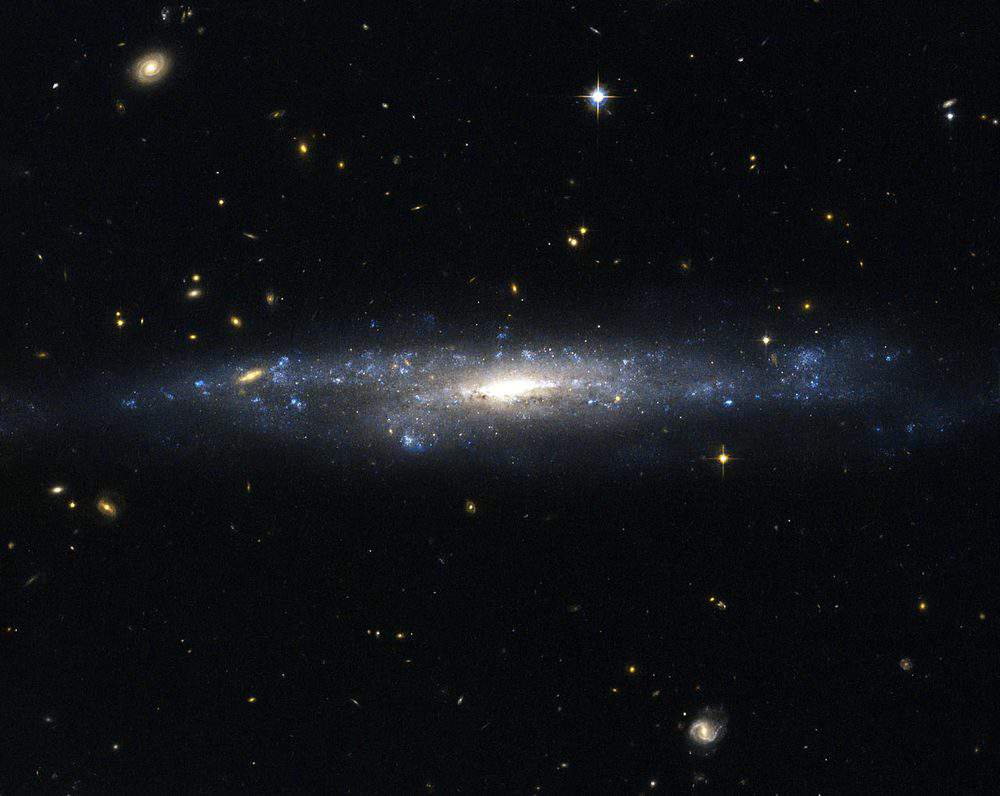The Cosmos with UGC 477
NASA/ESA Hubble Space Telescope image capturing UGC 477, a low surface brightness galaxy located just over 110 million light-years away in the constellation of Pisces (The Fish). Credit: ESA/Hubble & NASA, Judy Schmidt
A study by Scuola Internazionale Superiore di Studi Avanzati (SISSA) provides important information on its composition and on its interaction with luminous matter.
They are called low-surface-brightness galaxies and it is thanks to them that important confirmations and new information have been obtained on one of the largest mysteries of the cosmos: dark matter. “We have found that disc galaxies can be represented by a universal relationship. In particular, in this study we analyzed the so-called Low-Surface-Brightness (LSB) galaxies, a particular type of galaxy with a rotating disc called this way because they have a low-density brightness “says Chiara di Paolo, astrophysicist at SISSA and lead author of a study recently published in MNRAS together with Paolo Salucci (astrophysicist at SISSA) and Erkurt Adnan (Istanbul University).
The researchers analyzed the speed at which the stars and gases that compose the galaxies subject matter of the study rotate, noting that the LSBs also have a very homogenous behavior. This result consolidates several clues on the presence and behavior of dark matter, opening up new scenarios on its interactions with bright matter.
